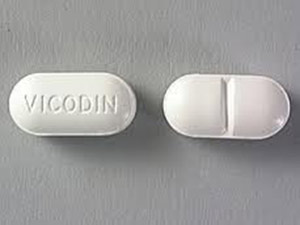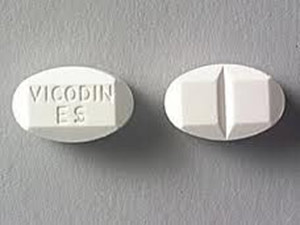15 reviews for Vicodin 5/500mg
-
Highly appreciate Americas Pharmacy services. I ordered Vicodin 5/500mg a few days ago and recieved it in good condition. Going to continue using their services now. Thank you once again…
-
Delivery was quick, and I liked that they included instructions for my Vicodin 5/500mg. The package was sealed properly, and everything was labeled clearly. Good product and service.
-
Vicodin 5/500mg is the best medication I have ever used for my health. Also, I would rate Americas Pharmacy services a 5/5. Thank you for the wonderful support during this hard time.
-
I’ve been getting my prescriptions from Vicodin 5/500mg for about three months now and the prices are much lower than my local pharmacy. The process is super easy, and they always deliver on time. The product met expectations.
-
I ordered Vicodin 5/500mg medication from Americas Pharmacy, and the process was smooth. The delivery was fast, and the packaging was secure. I will definitely order again!
-
Americas Pharmacy made my purchase of Vicodin 5/500mg so easy. The prices were affordable, and customer service was helpful. Highly recommend this pharmacy website!
-
Amazing experience with Americas Pharmacy! Ordered Vicodin 5/500mg, and it was delivered earlier than expected. Great prices, fast service, and good packaging
-
Love the way Americas Pharmacy delivers overnight. Thank you for keeping the standards high and quick home deliveries of my product.
-
Vicodin 5/500mg has been truly a life-changer for me. For the date I started using Americas Pharmacy to purchase my medicine, I am feeling blessed. Thank you.
-
Vicodin 5/500mg is just amazing and super effective for people like me. Overall, my experience with the product and pharmacy are both excellent. Keep it up



Haper
These people have both the brand and generic medicines
Shawn Palmer
most affordable medicines
Alanah Plant
the information provided here is very helpful
Rachel R. Bibb
I had trouble making payment but the customer care person guided me though the process
Dale Baer
do not buy without doctor’s advice. I purchased the medicine without consulting a doctor and faced side effects
JENNIFER JAMES
Decided to get Vicodin 5/500mg online and stumbled upon this fantastic shop offering great discounts. The purchase was straightforward, and their fast shipping got it to me in no time.
JENNIFER MAY
Shopping for Vicodin 5/500mg was a breeze with this online store. They provide express delivery options and even offer cash on delivery, making it convenient for quick purchases.
JERI FOWLER
I purchased Vicodin 5/500mg online from this site that provides excellent sales service. Their discounts are impressive, and using a coupon made the deal even sweeter. Delivery was prompt.
JERMAINE MANOR
Found Vicodin 5/500mg online with attractive offers and fast shipping options. This shop’s service was impeccable, and the cash on delivery option ensured a secure transaction.
JEROMY TAYLOR
Shopping for Vicodin 5/500mg online was convenient with this store. They offer competitive discounts and have reliable express delivery. Using a coupon saved me extra bucks.
JESSE HILL
I decided to buy Vicodin 5/500mg online and found this website with great sales service. The delivery was quick, and they offer cash on delivery, which is a plus!
JESSICA BLANDINO
Purchasing Vicodin 5/500mg online was hassle-free. This shop provides ongoing discounts and fast shipping options.
LEONIECE LASH
I shopped online for Vicodin 5/500mg and discovered this site offering secure delivery and attractive discounts. Using a coupon for additional savings made the purchase worthwhile.
LESLIE HARDEMAN
This online shop for Vicodin 5/500mg exceeded my expectations with their fast shipping and excellent customer service. They offer cash on delivery, ensuring peace of mind.
LINDA SCHREINER
Found Vicodin 5/500mg online with fantastic offers and discounts. The purchase process was smooth, and their express delivery option got the medication to me quicker than expected.